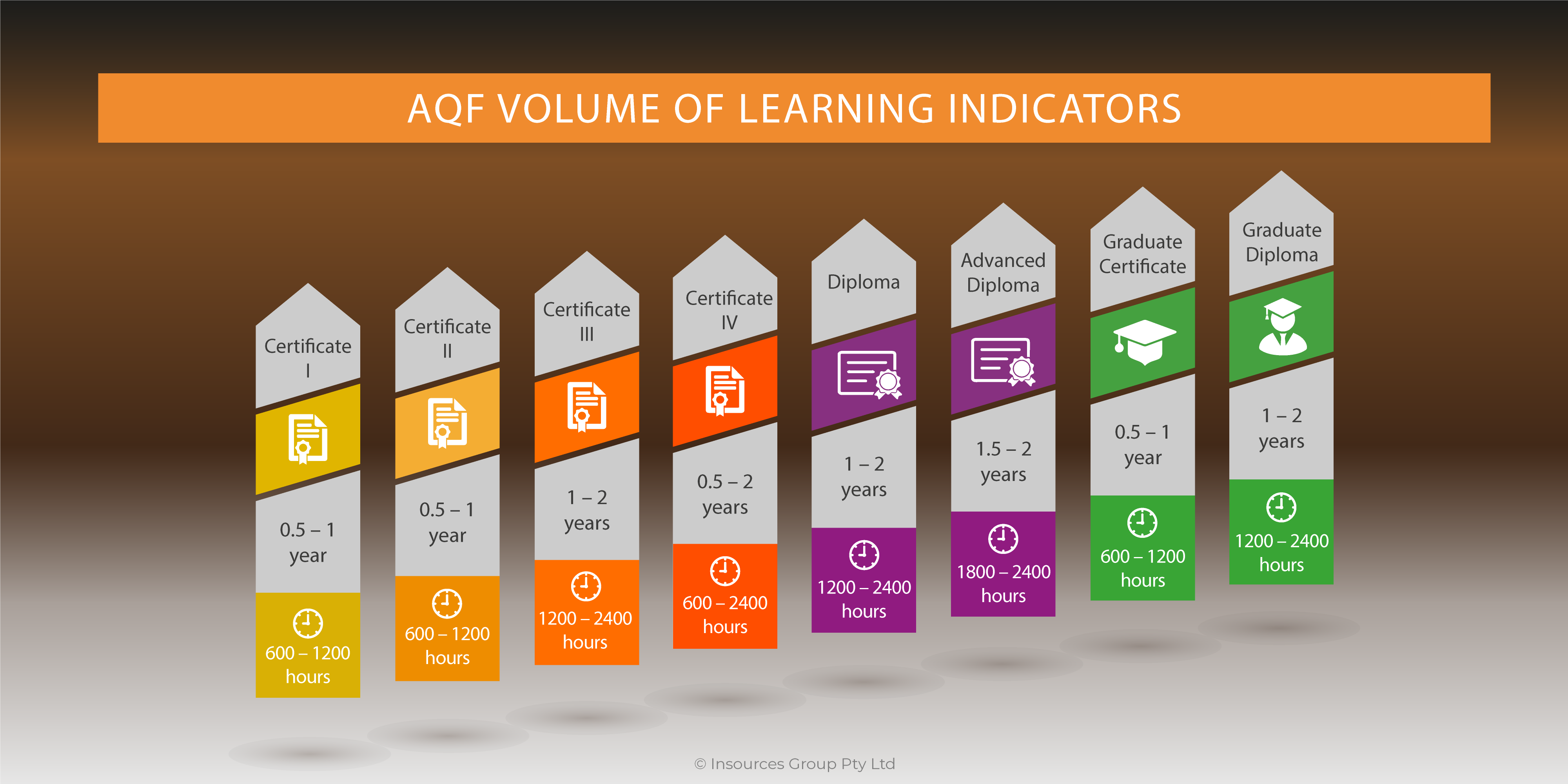Storytelling can be used as an advanced instructional method.
Think about a story that you heard during a training session. What made it effective? What kinds of effects do stories have that are unique? How can they best be used in training?
What is a story?
A story is a narrative that illustrates complex interconnections between agents, ideas, events, and even abstract concepts.
Use Stories in Training
Stories used for the purpose of teaching in general can have any of the following specific purposes.
Use | Description | Example |
To motivate | Stories that illustrate the benefits of the knowledge and skills to be learned. Often placed at the beginning of a lesson. | During our Advanced instructional design course, we use the story “Discovering the power of Stories” to introduce this topic. |
To promote learning processes or set behavioral | Stories that illustrate the prerequisites and the challenges of learning; stories that promote teamwork, social presence, etc | Students read an account of how another group was able to accomplish the target task |
To lead into content; to provoke discussion | Stories that raise issues addressed in the lesson, activate prior knowledge and allow participants to discuss different perspectives. These stories are typically high in emotive content | Films clips from documentaries. News articles |
To present the content | Stories that embed the core ideas or knowledge points of the lesson | An introduction that describes how the author was able to be successful. These experiences have been converted into guidelines. |
To teach by analogy | Stories that draw on content unrelated to the lesson but contain a “message” directly related to the lesson objective | Using stories such as: Who ate my cheese, or The tortoise and the hare |
To illustrate applications | Stories that draw directly on lesson content that illustrate ways that knowledge and skills could be applied as well as pitfalls | How I saved 50% of order entry costs using Wiki System |
To prime the pump | Stories that model the type of stories you would like participants to share within the class | One time I was working the late shift and … |
To entertain | Stories related to the content but unrelated to the instruction goal; added to spice up a boring topic | In a lesson on lightning formation, a story about people struck by lightning |
Story Discovery and Organisation
Prepare your stories. It is difficult to spontaneously come up with a story that meets all of the criteria for an effective story. For the most part, stories should be selected and planned in advance. Some can be essential to the training and others can be optional depending on how the training plays out. When developing learning materials, place relevant stories into the Facilitator’s Guide.
Source of Stories. Collect stories from:
- Your own experience (these are the most authentic)
- Experiences of others you know
- Print media or the Internet, trade journals, blogs, newspaper articles often starts with stories
- Radio talk shows and television news
- Company documents such as incident reports, help desk calls and customer complaints
- Conference presentations, keynote speeches or training sessions
- Your own workshop participants
Organise your stories ahead of time. To organize your stories ahead of time:
- Annotate stories as you collect them regarding how they might be used
- Log your stories into an excel file or database (use story title, keywords, topics)
- Collect and file stories related to learning such as stories about the need to invest attention and energy, the value of making mistakes, the usefulness of practice and feedback, etc.
- Save newspaper clippings, etc. in folder
Flesh out the Stories you Collect. To flesh out the stories you collect:
- Write out a chronological sequence of events
- Draw storyboards with stick figures
- Rehearse the story many times to others
- Memorise beginning and ending lines
Getting the Most from Stories
To maximize learning, story telling should be followed up with some questions and/or a follow on class activity such as paired discussions, role-plays, etc. During course design, write suggested follow ups in the facilitator’s guide.




